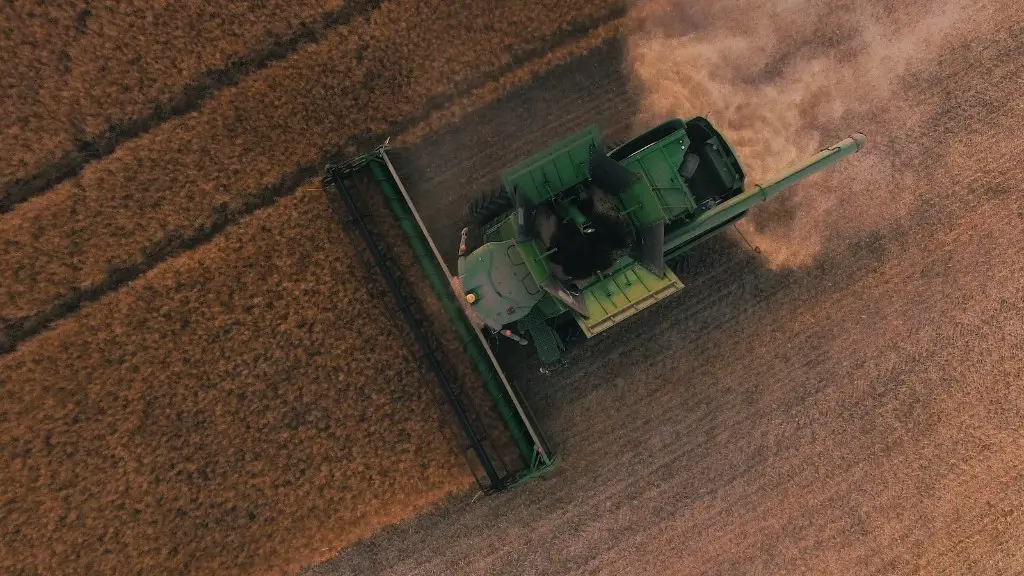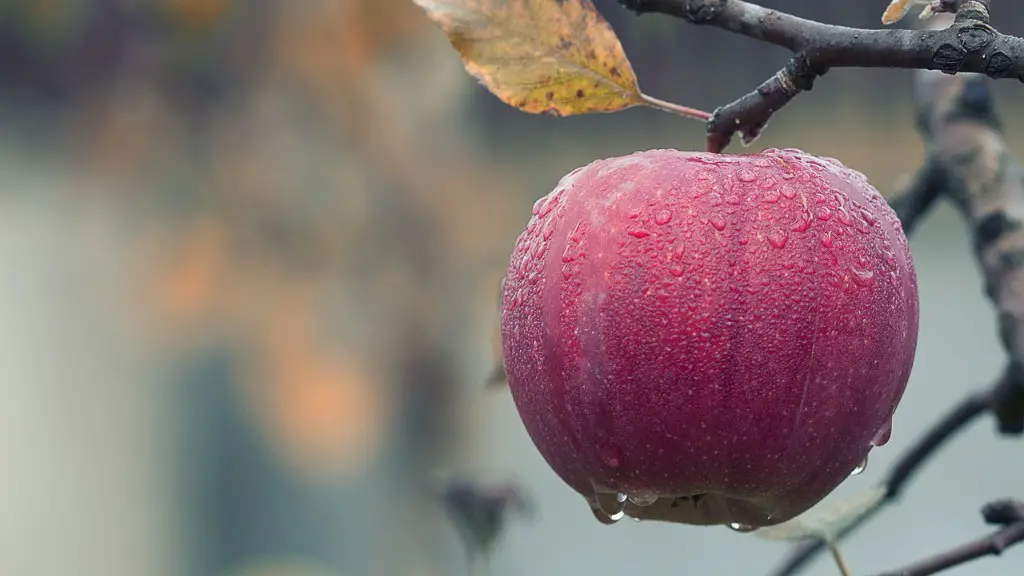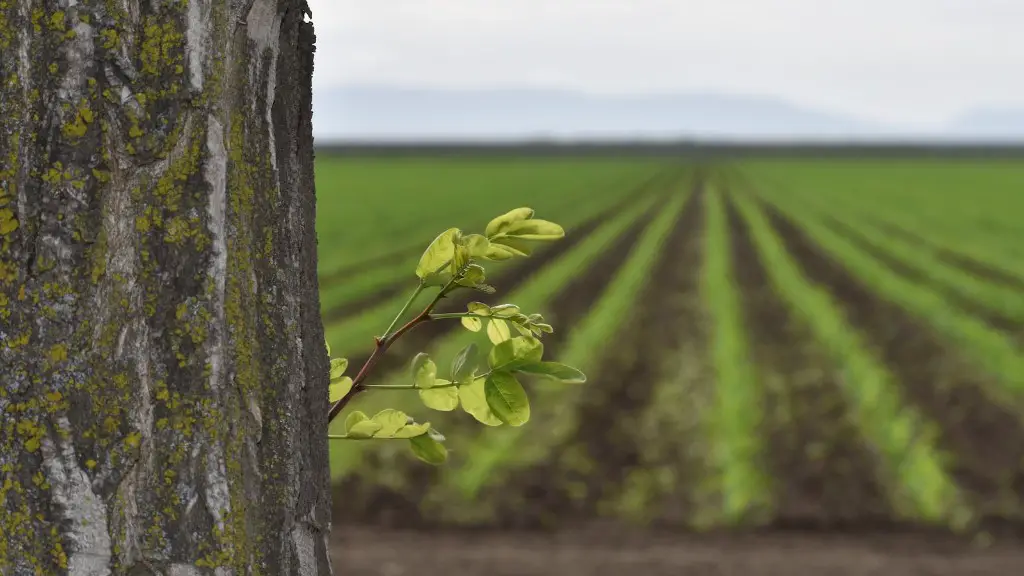In recent years, the agriculture business has evolved significantly. With the development of new technology and the globalization of the market, farmers are now able to operate their businesses more efficiently and effectively. Additionally, there has been a shift from traditional farming methods to more modern approaches, such as precision agriculture and sustainable farming practices. As a result of these changes, the agriculture industry is now more profitable and sustainable than ever before.
The way that agricultural businesses operate has changed significantly over time, thanks in large part to advances in technology. Today, farms are able to use GPS systems to more accurately map out their land, as well as precision farming techniques that help optimize crop yields. In addition, new agribusiness models such as community-supported agriculture (CSA) and online food sales have emerged in recent years, giving consumers more options for how they purchase their food.
How has the agriculture industry changed?
Over the past few years, there have been some major changes in the way that US farmers operate. These changes have allowed farmers to increase their output without needing to use more inputs, and have also led to a shift in production towards larger farms.
One of the biggest changes has been in the way that farmers manage risk. In the past, farmers were often at the mercy of the weather and market conditions, but now they are able to use hedging and other risk management techniques to protect themselves from volatility. This has allowed them to plan and invest with much more confidence.
Another change has been in the way that farms are structured and operated. In the past, many farms were family-run businesses with a very traditional hierarchy. However, now there are a growing number of farms that are operated as cooperatives or LLCs. This new business model gives farmers more flexibility and control over their operations, and has helped to make farms more efficient and profitable.
Overall, these changes have had a positive impact on the US farming industry. Farmers are now able to produce more food with less inputs, and they are also able to better manage their risks. These changes have helped to make farming a more stable and profitable industry, and have allowed US farmers to
As the global population continues to rise, there is an increasing demand for food. At the same time, there is a shortage of farm labor, as fewer people are interested in working in agriculture. To meet the demand for food, farms are using automation technology to harvest crops, seed and weed fields, and deliver products to consumers.
Drones are being used to collect data on crops, assess soil conditions, and track pests. This information is then used to optimize growing conditions and increase yields. Autonomous tractors are being used to plow fields, plant seeds, and apply pesticides. These machines can work around the clock, which increases productivity and reduces labor costs.
Harvest automation is another area where technology is being used to increase efficiency. Machines are being used to harvest fruits and vegetables, and sort and package them for distribution. This reduces the amount of time and labor needed to bring food to market.
Technology is changing the way farms operate and increasing the efficiency of food production. This is good news for consumers, as it will help to meet the demand for food, while reducing costs.
How has agriculture improved
Advanced technologies are increasingly being used in agriculture in order to improve efficiency and profitability. This includes the use of robots, sensors, aerial images, and GPS technology. These tools allow for more precise and controlled operations, which can lead to increased yields and reduced costs. In addition, these technologies can also help to improve safety and environmental sustainability.
More abundant food supplies could support denser populations, and farming tied people to their land. Small settlements grew into towns, and towns grew into cities. Agriculture produced enough food that people became free to pursue interests other than worrying about what they were going to eat that day. This allowed for the development of civilizations and the advancement of humanity as a whole.
What are 3 advancements in agriculture?
There is no doubt that technology is having a big impact on agriculture. Farmers are using precision agriculture to increase yields, industrial automation to improve efficiency, and automated irrigation systems to reduce water usage. Remote monitoring of crops using sensors is helping farmers to identify problems early and take corrective action. And genetically modified crops are providing new options for farmers to increase yields and improve crop quality.
Drones are unmanned aerial vehicles (UAVs) that are becoming increasingly popular in the agricultural industry. Farmers are using drones to monitor crops, spray fertilizers and pesticides, and even to plant seeds. Drones are changing the way agriculture is done, and reducing the amount of labor required to grow a crop.
What are innovations in the agriculture industry?
The use of automated technologies on farms is becoming increasingly common, as farmers seek to improve efficiency and productivity. Automated technologies can help with tasks such as harvesting, seeding, and weeding, freeing up farmers to focus on more critical functions. These technologies can also improve safety conditions on farms, by reducing the need for workers to perform dangerous tasks.
Labor and mechanization have had a significant impact on how farmers raise crops and care for livestock. Tractors, planters, and combines are much larger and efficient, and this has helped to improve productivity and yield. Farmers have also been able to adopt new technologies and practices, such as precision farming, which has helped to further improve efficiency.
What is innovation in agriculture
Process innovations at the farm level can have a significant impact on agricultural production. By improving production techniques, farmers can increase yields and efficiency. Process innovations can also help farmers to reduce inputs costs, which can improve profitability.
Around this time, agriculture underwent two big changes. The first is that increased usage of iron ploughshares resulted in higher grain yields. An iron ploughshare may turn over heavy, clayey soil better than a wooden ploughshare. The second reason is that people started farming paddy. Paddy is a kind of rice that is grown in fields that are flooded with water. Paddy farming is very labor-intensive, but it produces a lot of grain.
What are the two ways we enhance agriculture?
Reducing tillage can help reduce soil loss and improve soil health. No-till or reduced-till methods, which involve inserting seeds directly into undisturbed soil, can reduce erosion and improve soil health.
Agriculture is one of the leading causes of environmental degradation. Agriculture contributes to climate change, deforestation, biodiversity loss, dead zones, genetic engineering, irrigation problems, pollutants, soil degradation, and waste. These environmental issues cause environmental degradation and have a negative impact on the planet.
How did agriculture change the economy
According to USDA data, in 2019, farms and related industries contributed more than $11 trillion to GDP, accounting for a little over 5% of GDP. The economics of agribusiness also encompasses creating production systems and supply chains that help maintain a country’s economic and social stability. Given the vital role that agribusiness plays in both the economy and society, it is clear that a strong understanding of the economics of agriculture is essential.
There is no denying that large agribusiness firms have an advantage when it comes to raising rural incomes and lifting low-income households out of poverty. With their modern technologies and quality control methods, they are able to produce a large quantity of food that meets the demands of the market. Furthermore, their access to markets gives them the ability to sell their products at a higher price, which ultimately allows them to earn more profit.
However, it is important to note that these firms often times take advantage of farmers, as they are able to buy their products at a lower price and then sell it at a higher price. This ultimately results in the farmer earning less money, which does not help to raise their incomes. In addition, these firms often use harmful chemicals and pesticides in their production, which can have a negative impact on the environment.
Overall, while large agribusiness firms do have the potential to raise rural incomes and lift low-income households out of poverty, they often times take advantage of the farmers and the environment.
What are 3 impacts from the Agricultural Revolution?
The agricultural revolution was a pivotal moment in human history. It led to the domestication of plants and animals, which in turn led to increased food production and a dependence on the land. This dependence led to inequality among members of society, as some had more access to land and resources than others. Additionally, the agricultural revolution led to a decline in nutrition, as people began to rely on domesticated crops and animals for their food. This decline in nutrition led to a rise in infectious diseases, as people’s immune systems were weakened by a lack of nutrients.
The reaper was invented in the early 1800s and changed how farmers harvest grain. With the reaper, grain could be harvested much faster and with less labor. The thresher was invented in the late 1700s and changed how farmers remove kernels from straw. With the thresher, grain could be separated from the straw much faster and with less labor. The steam engine was invented in the early 1800s and changed how farmers power their equipment. With the steam engine, farmers could power their equipment with less labor. The combine was invented in the early 1900s and changed how farmers harvest grain. With the combine, grain could be harvested much faster and with less labor. The automobile was invented in the late 1800s and changed how farmers travel. With the automobile, farmers could travel farther and faster, making it easier to get their products to market. The tractor was invented in the early 1900s and changed how farmers plow their fields. With the tractor, farmers could plow their fields much faster and with less labor. Hydraulics were invented in the early 1900s and changed how farmers operate their machinery. With hydraulics, farmers could operate their machinery with less labor.
Conclusion
The agricultural business has undergone a marked evolution over the years. What was once a small, family-run operation has now become a large and complex industry. This change is largely due to advances in technology, which have made it possible to produce more food with less labor. Additionally, the globalization of the economy has created new opportunities and challenges for the agricultural sector.
The agriculture business has evolved significantly over the past few decades. New technology and methods have allowed farmers to increase yields and produce higher quality products. This has led to a more efficient and profitable industry, benefiting both farmers and consumers.





